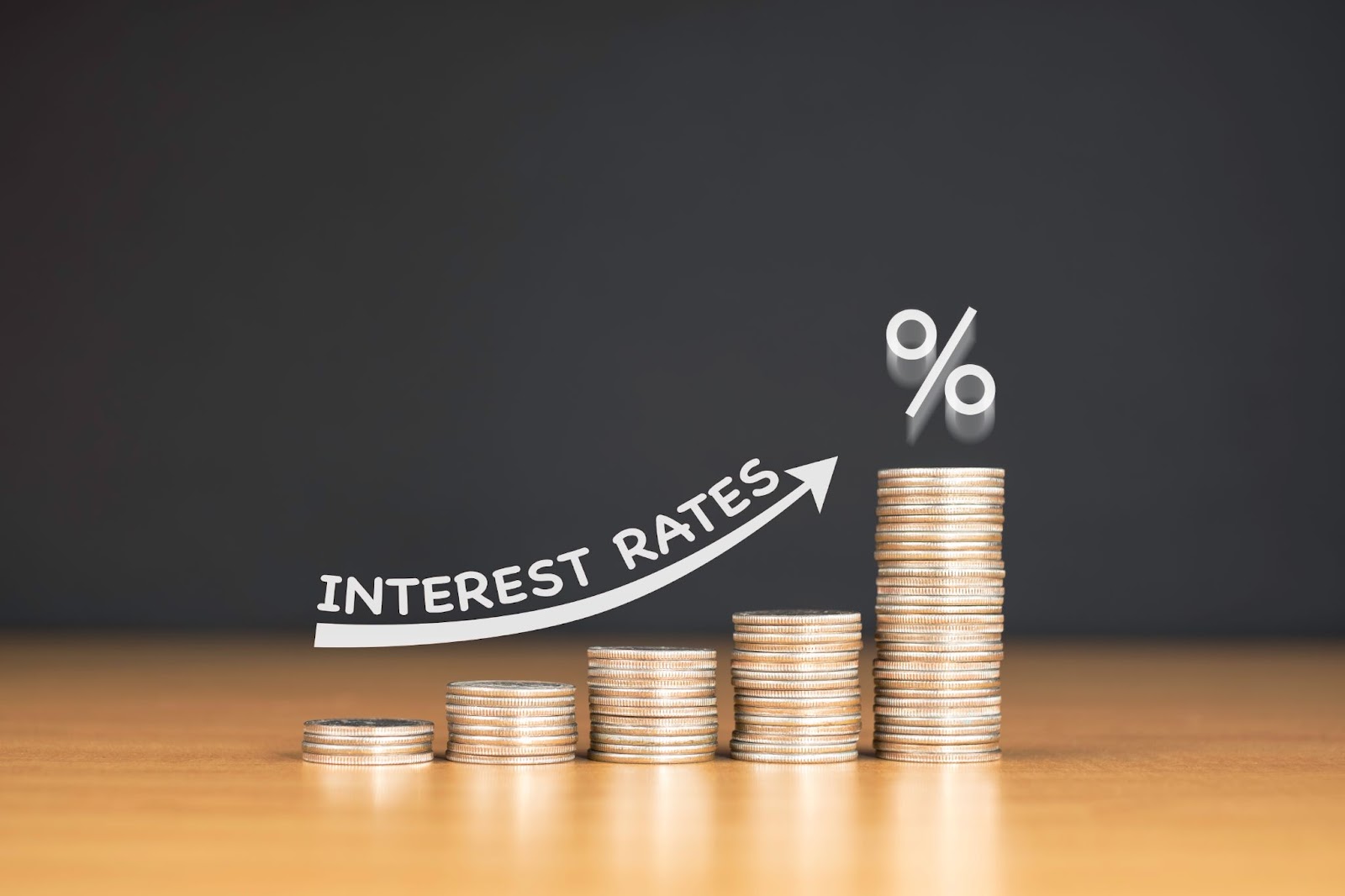
When it comes to interest rates, the Federal Reserve is a pretty big deal. The Fed sets the prime rate and other major benchmarks for loans throughout the economy, so when its actions change, it can have a ripple effect on everything from auto loans to mortgages. Recently, the Fed has announced two key changes that could impact your fix-and-flip loan: firstly, they’re raising interest rates, and secondly, they’re shrinking their balance sheet by selling assets like bonds back into the market. Here’s what these changes mean for you as an investor or homeowner looking to refinance your home.
Why Are The Interest Rates So Flippin’ High?
The current Federal Reserve interest rate, or federal funds rate, is 4.25% to 4.50% as of December 2022. This is the sixth consecutive rate increase this year. In 2022 alone, they have nearly doubled from what they were at the beginning of the year.
Although rates are continuing to increase, many individuals are hopeful that rates may drop in 2023. Some experts and economists are hopeful that rates won’t increase until inflation is under control.
So the big question is, what does this mean for people who are looking to fix and flip loans? Well, the rising rates are usually an indication that investors are likely to pay more for capital costs for construction and rehab. See, the rising federal interest rates don’t have a direct effect on mortgages, but the indirect impact is astounding. Generally speaking, the increased interest rates mean that there is a significant shift in who can actually purchase homes. The higher rates have many potential homebuyers “holding out,” for now, and this gives cash buyers and flippers a huge advantage.
Fix and Flip Loans
If you’re a real estate investor and you’ve been paying attention to the news, you may be wondering why there’s such a huge gap in rates between 30-year mortgage loans and fix-and-flip loans.
The answer is simple: the federal reserve has been raising interest rates. The Fed has raised rates 6 times this year, which means it’s more expensive for banks to borrow money from each other. This also means that banks will charge higher interest rates (or fees) on loans to borrowers like homebuyers or businesses who need access to capital.
When you choose a fix-and-flip or residential transition loan, you are cutting out banks completely and getting a short-term loan to fund your fix-and-flip project. Interest rates for these types of loans are higher than going through banks, but these short-term loans may be just what you need to get your real estate portfolio off the ground.
The Bottom Line
Interest rates are rising. That’s not a surprise, given that the Federal Reserve has been steadily raising them since the beginning of this year.
This change may not be welcome news if you’re new to real estate investing or have already started looking for fix-and-flip loans with low interest rates. But it shouldn’t be cause for panic just yet—fix-and-flip loans are still available at competitive rates!
HouseMax Funding provides top-tier fix and flip funding and is one of the top lenders in Texas–perfect for both first-time fix and flip loans and experienced fix and flip customers. Our residential transition loans (formerly known as hard money loans) provide investors who do not have (or want to deploy) all of the cash required to fund a purchase + renovation the ability to compete with cash buyers, while utilizing just a fraction of out-of-pocket expenses.
While rates continue to increase, it’s important to remember that investing in real estate is still possible. If you would like more information on residential transition loans for your next fix and flip project, please do not hesitate to reach out to us at HouseMax Funding!








